
A Comprehensive Guide to Sherry Wine: From Vineyard to Glass
May 30, 2024
Explore Sherry's unique charm in this guide! Dive into its history, diverse styles, and aging process in Spain's 'Jerez' region.
By: Nicole Indovino / Last updated: August 28, 2024
Spanish wine is renowned for its esteemed quality, diversity, and rich history spanning centuries. With over 60 official ‘denominaciones de origen,’ Spanish wine regions, such as Rioja, Ribera del Duero, and Priorat, are famous for their distinct terroirs and climate, contributing to their unique characteristics.
Discover More About Spanish Wine
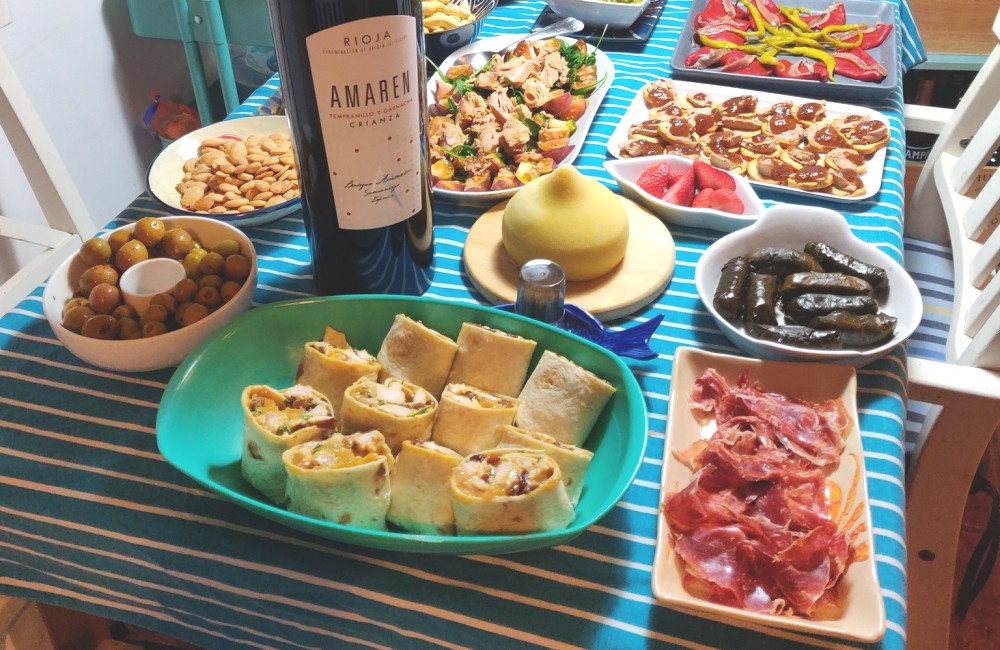
Another aspect that gives Spanish wine its wide range is the multitude of grape varieties grown across these regions, ranging from the intense and elegant wines made from Tempranillo grapes to the light, crisp, aromatic white wines made from Albariño.
With Spanish wine, there are endless ways to explore between regions, grape varieties, and unique winemaking styles. So, when pairing wine with food, there is always an excellent Spanish option.
When pairing food and wine, an important aspect to consider is balance. You want the dish’s intensity to be in harmony with the intensity of the wine, which is often determined by the wine’s ‘body.’ The body refers to the wine’s weight and texture on the palate, ranging from light and crisp to rich and full-bodied.
Understanding a wine’s body is crucial for food pairing. It ensures that the wine complements the dish without overpowering it. This knowledge will help you create balanced pairings that elevate the food and the wine.
In this guide, we will focus on pairing Spanish wines with various dishes from Spain and beyond, equipping you with the skills to navigate the world of food and wine pairing confidently.
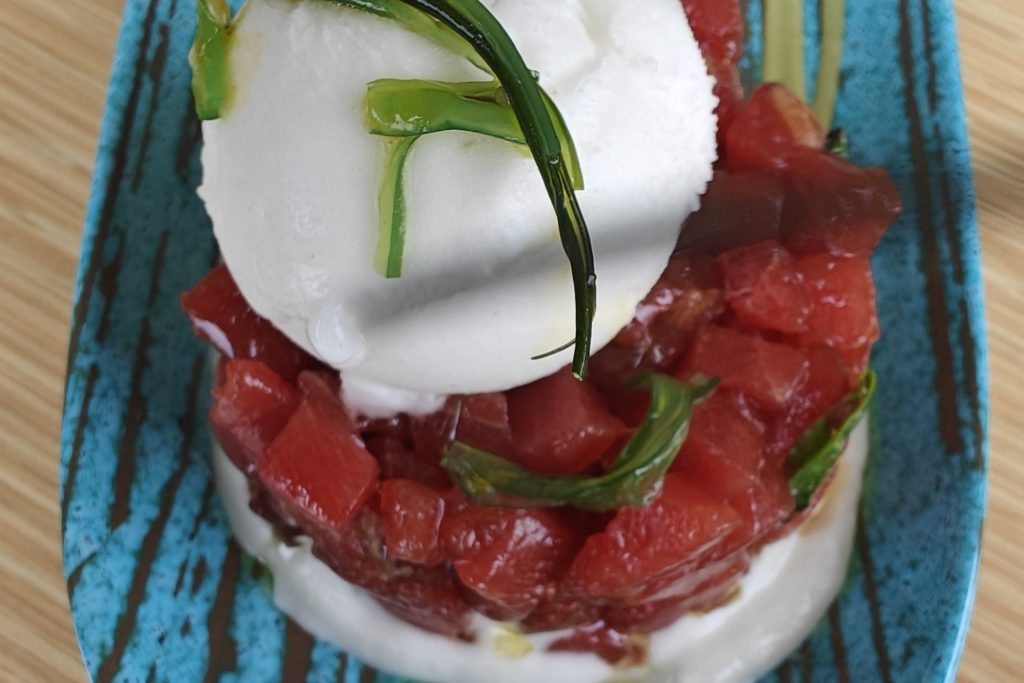
Spain produces some incredible light-bodied white wines that are refreshingly aromatic and perfectly pair with lighter fare, like cheeses, appetizers, and seafood. Albariño is one of Spain’s most iconic white wines and comes from the region of Galicia along the Nothern Atlantic Coast.
A cooler, temperate climate that produces dry, aromatic white wine with citrus notes and sharp acidity. Albariño goes perfectly with seafood! Tuna Tartare, Gambas al ajillo (garlic shrimp), grilled prawns, and scallops are popular choices. It also goes well with ceviche and lighter salads with tangy dressings.
Another widely popular Spanish white, Verdejo, comes from the Rueda region and expresses notes of green apple and florals with a subdued herbaceousness.
Chef Jose Andrés refers to Verdejo as “one of the absolute best wines for food” due to its versatility. It can be paired with many dishes, but some particular favorites are mussels, cheese platters, or classic Spanish tapas like tortilla or croquetas.
Main Appellations: Penedès (Xarel·lo, Macabeo, Parellada), Rías Baixas (Albariño), Rueda (Verdejo), Txakolina (Txakoli), Valdeorras (Godello)
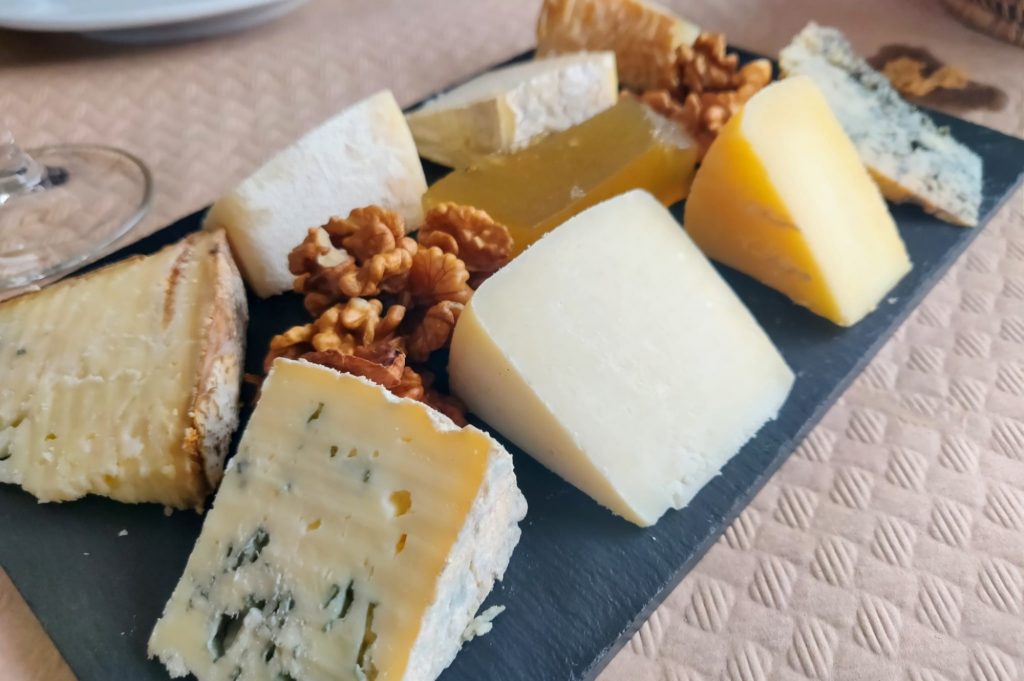
While the crisper and drier profiles of Albariño and Verdejo are well known, Spain has many incredible medium-bodied white wines that balance richness and freshness. This balance comes from the grape varieties and their characteristics, such as Garnacha Blanca, Malvasía, Treixadura, and Viura, which are often grown in warmer regions and have profiles expressing more robust flavors of stone fruits, aromatic florals, and minerality while maintaining acidity.
Another element that enhances the richness of these wines is specific winemaking techniques, such as aging the wine on the lees. Wine aged on the lees, dead yeast cells from fermentation, imparts body and texture to the wine, giving it more depth and complexity.
These medium-bodied whites are perfect companions for strong cheeses, grilled fish, poultry, and dishes with creamy sauces. Their weight and texture can complement the food’s richness without overwhelming it. The wine’s acidity plays a crucial role by cutting through the creaminess of sauces, providing a refreshing counterbalance.
Additionally, the texture imparted by lees aging enhances the mouthfeel, creating a harmonious pairing that elevates the wine and the dish. Some perfect examples are Malvasía with blue cheese, Godello with grilled white fish, or a Garnacha Blanca with chicken marsala.
Main Appellations: Navarra (chardonnay), Ribeiro (trixadura), Rioja (Viura/Macabeo), Rueda (Verdejo), Valdeorras (Godello)
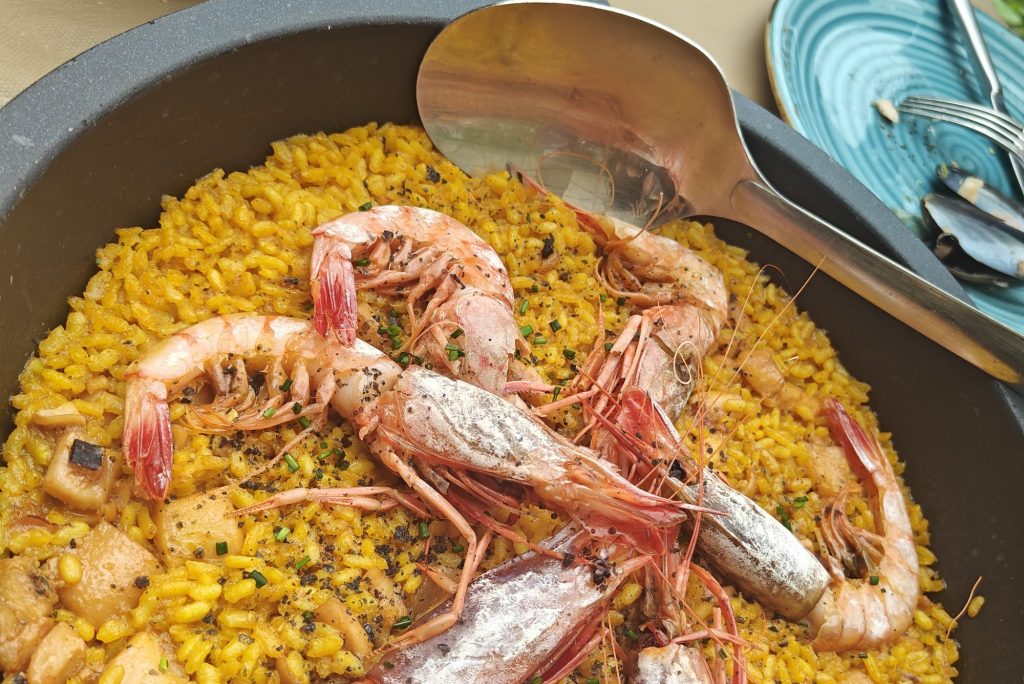
Full-bodied, rich whites offer depth and complexity and are the perfect choice to counterbalance those rich, flavorful chicken and seafood dishes that wouldn’t go well with a red.
For example, oaked Chardonnay, with its rich body, aromas of vanilla, and citrus undertones, matches well with mixed paella. It lifts the fresh seafood flavors while balancing the intensity of the meats and vegetables in the dish.
Wines like aged Tempranillo Blanco from the Rioja or barrel-aged Albariño like ‘La Trucha’ are great options for roasted chicken dishes with fresh vegetables like asparagus or grilled peppers.
The Wine Spectator’s pairing guide explains:
“The wine and the dish should be equal partners, with neither overwhelming the other. If you balance the two by weight, you raise the odds dramatically that the pairing will succeed. This is the secret behind many classic wine-and-food matches.“
So the next time you cook a hearty chicken dish in a cream sauce, reach for a full-bodied white and explore the difference it makes!
Main Appellations: Castilla-La Mancha (Airén, Chardonnay), Montsant (Garnacha Blanca), Priorat (Garnacha Blanca), Rías Baixas (Albariño Aged), Rioja (Viura/Macabeo)
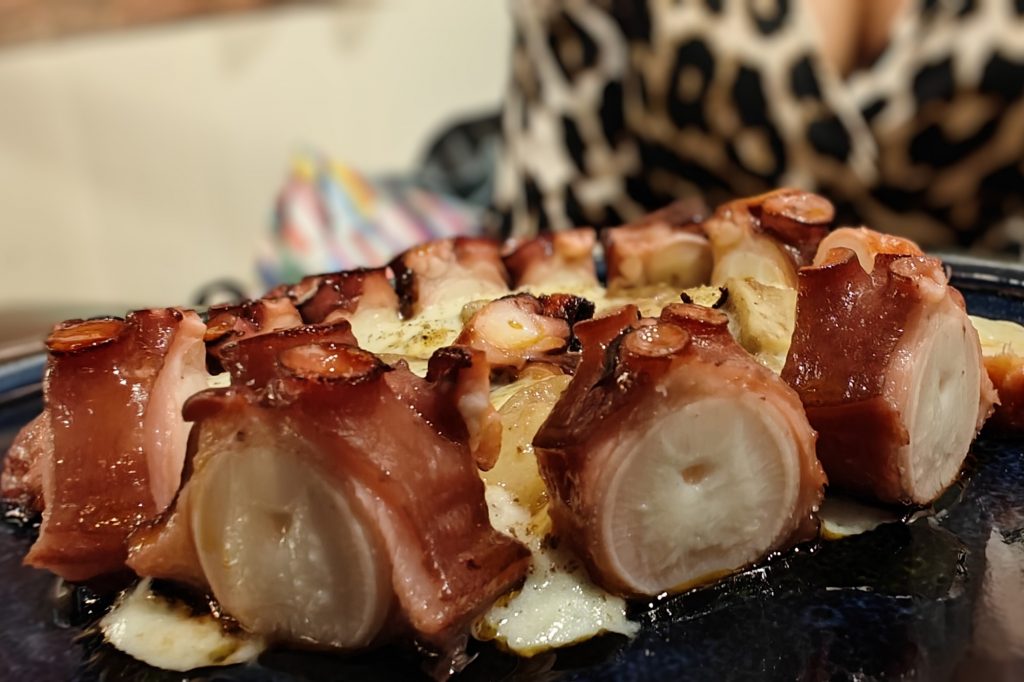
Light-bodied red wines are a very versatile and approachable option when pairing dishes. In Spain, light-bodied reds often come from cooler regions that produce grapes with good acidity and subtler flavors, like Sumoll from Catalunya.
However, you can also find light reds from regions like Rioja and Ribera del Duero in their young wines that are aged less than the reservas. These wines are characterized by bright fruitiness and moderate acidity with flavors of red berries, subtle spice, and soft, gentle tannins. This structure and flavor of the wine are key for enhancing dishes without overpowering their elegance. That’s why light-bodied reds pair perfectly with charcuterie plates, as the fruitiness and acidity balance the saltiness and intensity of the cured meats.
Another favorite pairing is a light red with pizza or tomato-based pasta. The wine’s brightness complements the sauce without overpowering it. Light reds also go well with traditional Spanish dishes like pulpo a la gallega, complementing the paprika seasoning and octopus without overpowering the dish.
Main Appellations: Navarra (Garnacha), Ribeiro (Caíño Tinto, Brancellao), Rioja (Garnacha), Tenerife (Listán Negro), Valdeorras (Mencía)
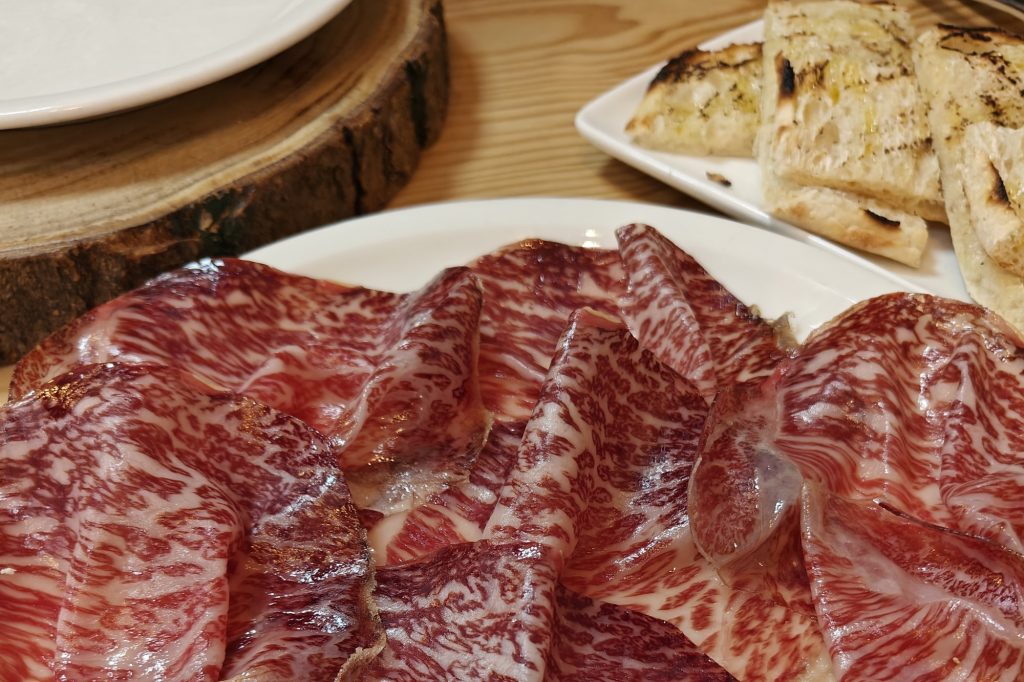
Wines such as Crianzas from Rioja or Ribera del Duero, Mencías from Bierzo, or Bobal from Valencia fall into the ‘medium-bodied’ category. They offer great options for heartier dishes with lamb, pork, mushrooms, or earthy vegetables. These wines balance fruitiness and acidity with moderate structure, tannins, and savory flavors that complement the meat and enhance the flavors of roasted root vegetables.
Much of this balance comes from the aging process of these wines, particularly for Crianzas. Aging in oak barrels softens the tannins in the wine while introducing flavors like vanilla, spice, and leather.
Additionally, as wine ages, it loses some fruitiness for more complex, earthy flavors that complement more savory dishes like mushrooms. The aging process increases the wine’s body and broadens its pairing potential, allowing it to complement robust and delicately flavored dishes.
For example, when a Crianza is paired with chorizo, the oaky flavors compete with the chorizo’s smoked notes while the fruitiness complements the spice. Next time you cook mushroom risotto or pork chops, pair them with a Mencía or Rioja Crianza.
Main Appellations: Bierzo (Mencía), Montsant (Garnacha, Cariñena), Navarra (Garnacha, Tempranillo), Ribera del Duero (Tempranillo), Rioja (Tempranillo, Garnacha)
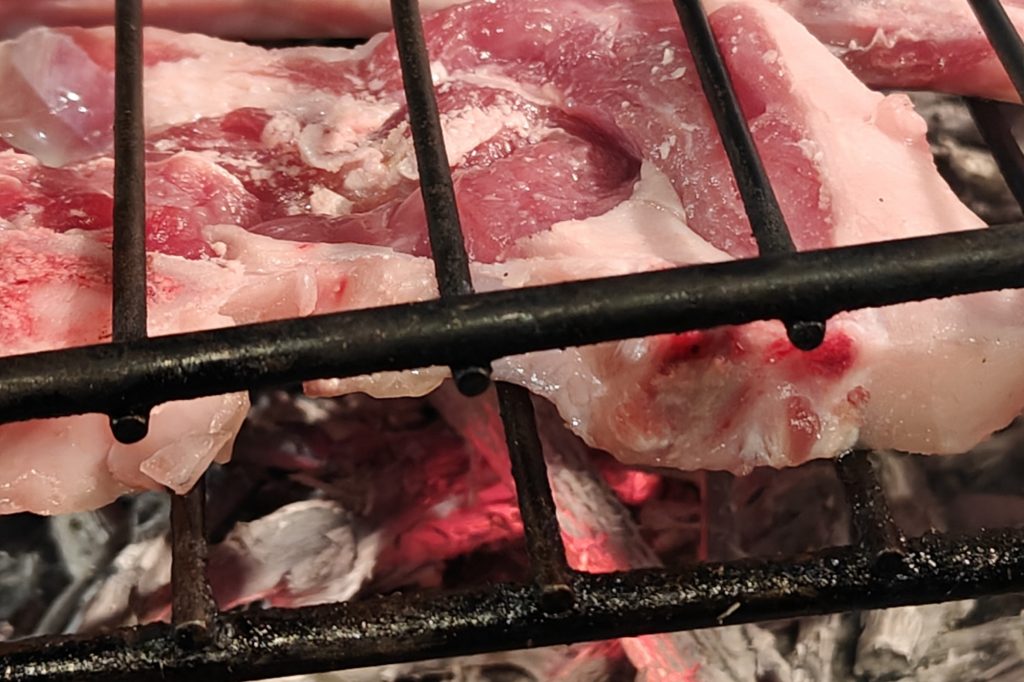
Intense and flavorful dishes call for intense and flavorful wines. This is where full-bodied reds come into play. Wines like Rioja and Ribera del Duero reservas, inky syrahs from the Priorat, or tannic, structured Mourvédres are all excellent choices when serving something bold like strong cheeses, gamey stews or steak.
These wines express a serious tannin structure and a heavy body that can compete with the robust flavors in these foods. Additionally, the savory notes from barrel aging these wines highlight and complement the flavors of these dishes.
Boston-based master sommelier Brahm Callahan explains how pairing a nice piece of steak, or ‘chuletas al sarmineto,’ lamb chops grilled over vine shoots, is a wonderful pairing for a reserva from Ribera del Duero.
Brahm says:
“It’s the classic iron fist in a velvet glove — and the structure is eased by the fattiness of the lamb. The wine has power but is based around elegance, and the smoke and toast notes from oak play off the smoke from the grill.“
Main Appellations: Montsant (Garnacha, Cariñena), Priorat (Garnacha, Cariñena), Ribera del Duero (Tempranillo), Rioja (Tempranillo), Toro (Tinta de Toro)
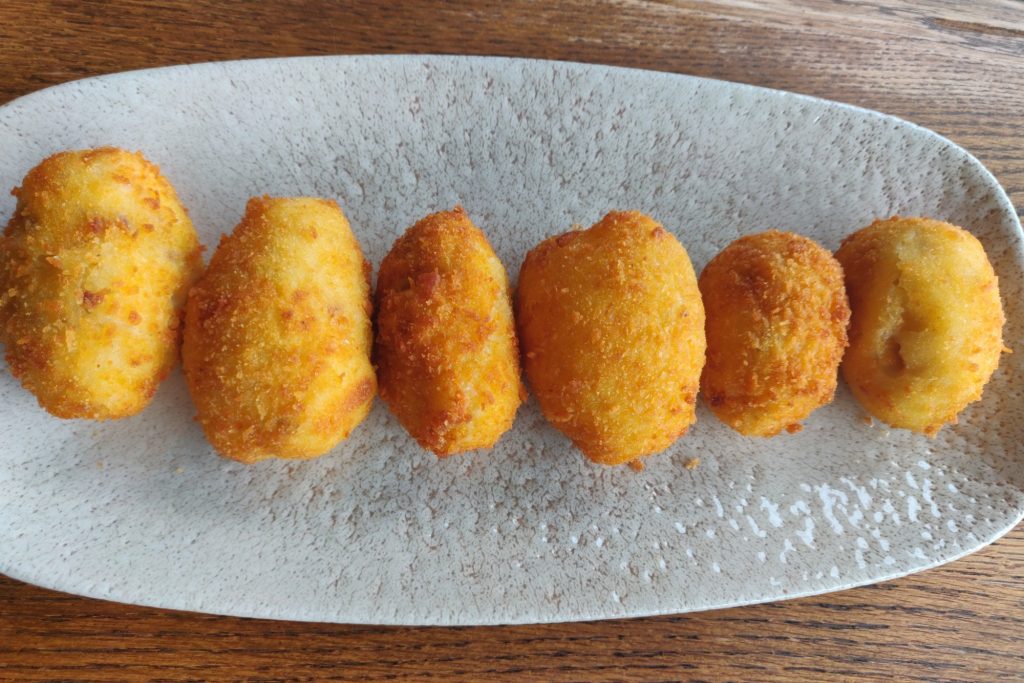
Cava, Spain’s sparkling wine, is made using the traditional champagne method. While it can come from any region in the country, the heartland of Cava production is found in Pénedes, just outside of Barcelona.
Cava is an excellent value — it uses the same methods of champagne production but for a more approachable price. It also has a wide range of styles based on its sugar level, aging process, and quality, so there is a Cava for any situation, whether it’s an aperitif, pairing with dessert, or a toast for a special celebration. An extra-brut Cava is the perfect accompaniment to oysters and fresh seafood.
A personal favorite is pairing brut Cava with fried chicken or croquetas, which have a touch of sweetness and acidity that complement the rich, greasy, salty flavors. Semi-seco cava can elevate a fruit-based dessert with its sweetness. One of the standout qualities of Cava is its remarkable versatility, making it an excellent choice for various occasions and dishes.
Check out our guide on Cava to learn more.
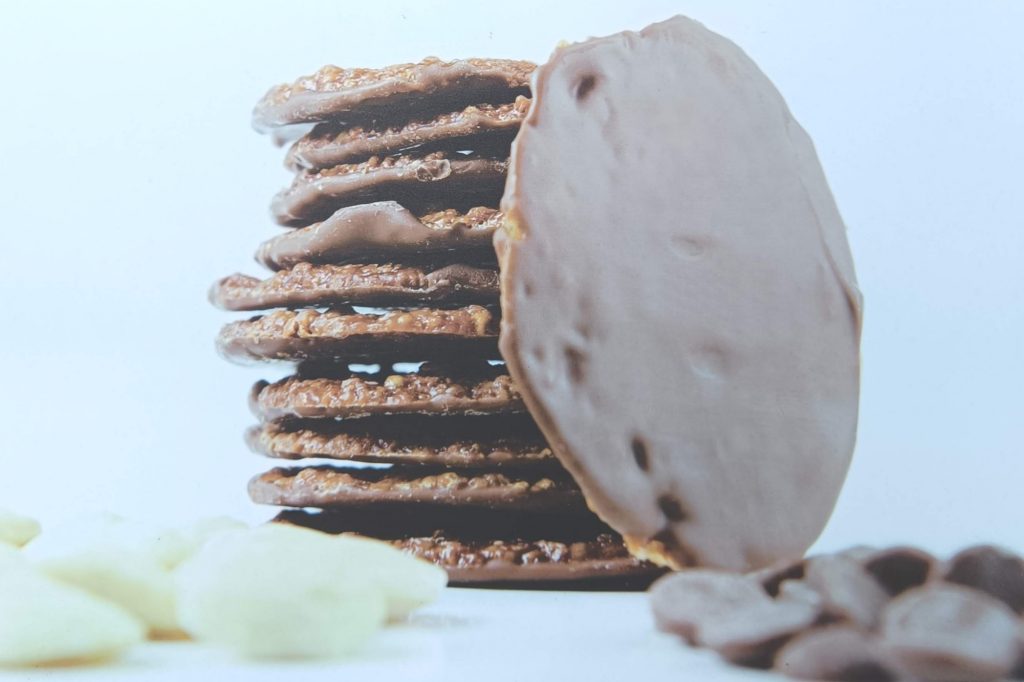
Sherry, known as Jérez in Spain, is a fortified wine made in what’s known as the ‘sherry triangle,’ three towns located in Andalucía in the south of the country. It is an incredibly unique wine with distinctive flavors due to the specific processes involved in aging the wine.
Some sherries are biologically aged, which means they age in barrel under a bacteria called ‘flor,’ which imparts specific flavors onto the wine as it ages under this protective layer. Other sherries are oxidatively aged in what’s known as a ‘solera’ system. The Solera system systematically blends younger and older barrels of sherry, maintaining consistency and quality for these wines. The different processes create an array of wines that range from bone dry to syrupy sweet.
Finos and Manzanillas, the dry sherries, have pungent flavors of almonds, fresh herbs, and saltiness. They make an excellent aperitif and pair well with salty bar snacks like manchego cheese, olives, and anchovies, which you can find in any bar in Spain.
For pairing the oxidatively aged sherries, sommelier José Martínez of Michelin-starred Via Veneto recommends:
“Oloroso or Amontillado are dominated by toast aromas from long periods of oak aging, ideal to combine with fried tapas like calamares or Andalusian fried fish tapas, known as pescaíto frito.“
Finally, sweet sherry wines like Pedro Ximinez pair great with tiramisu, vanilla ice cream, or even blue cheese as an interesting contrast of complementary flavors. When pairing sherry, it is important to drink it chilled, and it is preferred in a white wine glass.
To learn more, check out our guide on sherry wine.
The joy and art of pairing food and wine lie in the endless possibilities for discovering new flavors and enhancing the dining experience. With its rich diversity and deep-rooted traditions, Spanish wine offers an exciting variety for culinary exploration and a world of flavors to explore.
Whether matching a crisp Albariño with fresh seafood or a nuanced Mencía with earthy vegetables, the right pairing can elevate the wine and the dish to new heights.
The key to mastering this art is experimentation—allow yourself to try different combinations and explore the vibrant world of Spanish food and wine. And remember that pairing wine and food is all about having fun; there are no right or wrong answers, and there are so many combinations to explore. Cheers!
If you would like us to customize an exclusive luxury tour, contact us and let us know your travel plans. We offer luxury food and wine tours for private groups of a mininium two guests. In addition, all of our private, chauffeured tours are available year-round upon request.

